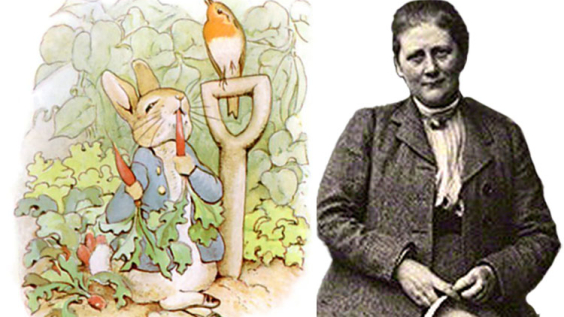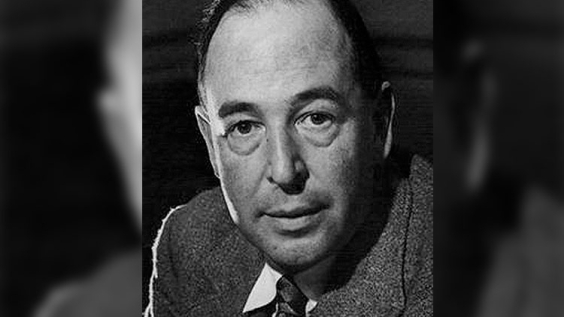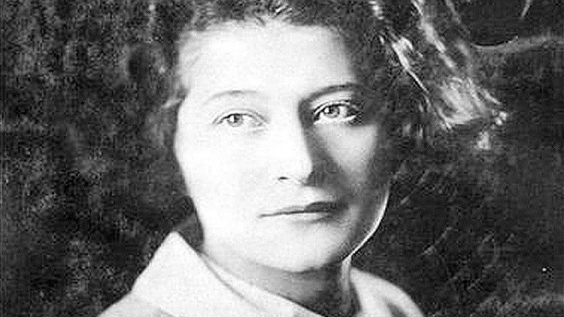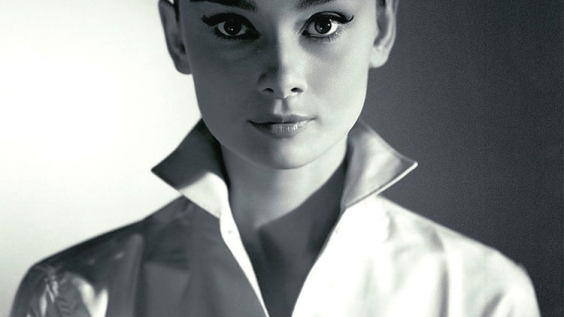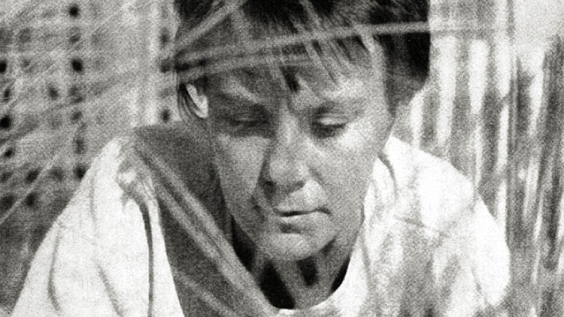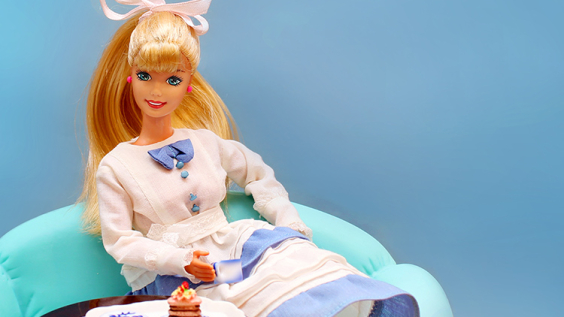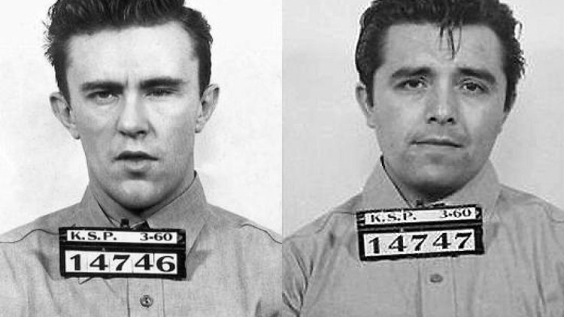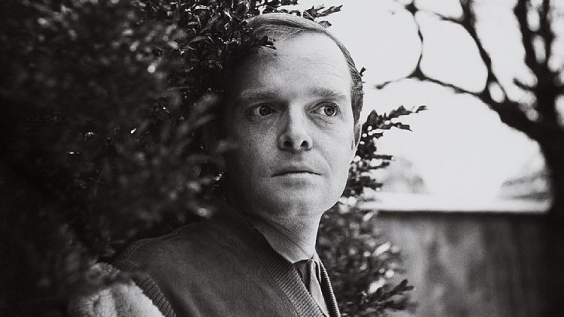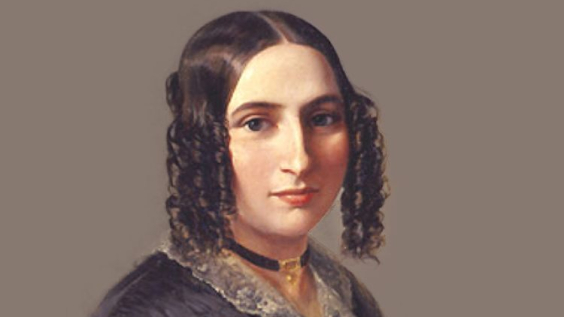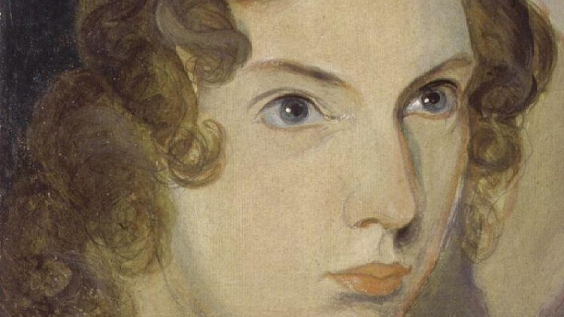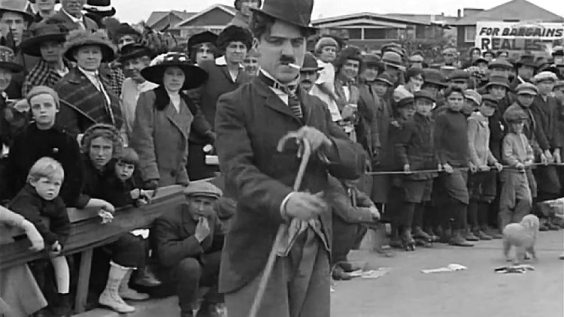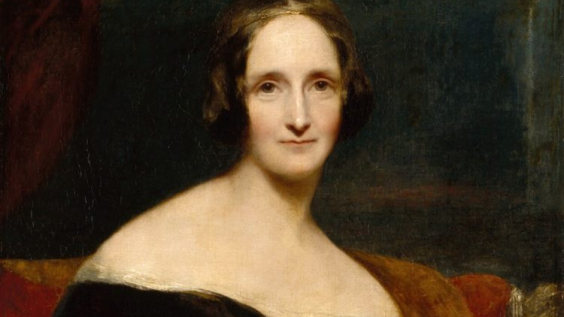
Published in 1945, Animal Farm is a novella written by George Orwell. A veiled critique of the Stalinist regime, the book tells the story of a group of animals who live on a farm and overthrow their human farmer. The animals then establish their own government, led by the pigs. However, over time, the pigs begin to abuse their power and the other animals start to rebel.
Here is an analysis of the 5 key characters of the book – Old Major, Napoleon, Snowball, Boxer and Mollie – touching on their roles in the novel, and what they each represent.
Who is Old Major in Animal Farm and what does he represent?
Old Major represents Marxist revolutionary Vladimir Lenin, who followed the philosophy of 19th-century German philosopher Karl Marx. Marx’s theory was known as ‘Marxism’ – much like ‘Animalism’ in the novel – and it detailed theories about how societal power structures keep people under control.
Lenin led the Bolshevik Party and was responsible for militarising the party in ousting (and ultimately executing) Tsar Nicholas II during the Bolshevik Revolution of 1917, just as the animals oust Mr. Jones at the beginning of the novel. Like Old Major, Lenin didn’t live long enough to see his ideas come to life. Instead, his death left a power vacuum, which allowed another leader to rule – Stalin (Napoleon, in the novel) – and ultimately, abuse their power.
Who is Napoleon in Animal Farm and what does he represent?
Napoleon is based on Joseph Stalin, the Soviet dictator who was involved with the 1917 Russian Revolution, and then became the ruler of Soviet Russia after Lenin died in 1924, just as Napoleon does after Old Major dies in the novel. During Stalin’s time as a ruler, the country was gripped by famine and starvation, and those who opposed him were denounced, imprisoned, tortured and often executed.
Napoleon used manipulative tactics and surrounds himself with excellent propagandists such as Squealer to maintain power. For instance, he has the support of the sheep, who are less educated, and has them chant ‘four legs good, two legs bad’ during debates to prevent his opponents from speaking. He also uses propaganda against exiled enemies such as Snowball as a way of shifting blame for bad harvests or the windmill breaking. Threats of violence and actual violence from his henchmen – such as the dogs being used to kill certain animals who disagree with him – are used to control the animals.
Stalin ruled until he died in 1953, and indeed, by the end of the novel it appears that Napoleon’s power is stronger than ever; there is little sign that things will change. The name Napoleon isn’t a coincidence – it’s the same as the French military leader (1776-1821) who seized power and crowned himself Emperor after the French Revolution, and ruled until 1815.
Who is Snowball in Animal Farm and what does he represent?
Snowball represents Leon Trotsky, a former associate of Lenin. Trotsky advocated for spreading revolutions around the world, just as Snowball does in the novel when he suggests that they use pigeons to tell other animals about overthrowing Mr. Jones and Manor Farm. Like Snowball with the farm animals, Trotsky wanted to provide better education and conditions for people in the Soviet Union. He was also a strategic military man, just as Snowball is during ‘The Battle of the Cowshed’.
However, Trotsky opposed Stalin’s ideas and was exiled and later assassinated by him, just as Napoleon does by having Snowball chased off the farm by dogs. Stalin used Trotsky as a scapegoat for issues in the Soviet Union, just as Napoleon blames Snowball for supposedly sabotaging the windmill.
Who is Boxer in Animal Farm and what does he represent?
Along with Clover, Boxer represents the working class of the Soviet Union who had little power to overthrow the tyrannical rule of Stalin. The history of the workers’ exploitation is lengthy: they were exploited by Tsar Nicholas II until his expulsion in 1917, by being kept in a position where they never earned enough to pay for food or housing, just as Mr. Jones works his farm animals and neglects to feed them.
The 1917 Bolshevik Revolution aimed to address the problem; however, this only led to more hardship under Stalinist rule, just as it does for Boxer under Napoleon’s regime. Moreover, Boxer is susceptible to the propaganda levelled at him by Napoleon. One of his favourite sayings is ‘Napoleon is always right’ and ‘I will work harder’. As the strongest animal, he could easily fight off the dogs and pigs; however, he is so used to taking orders and genuinely believes that Napoleon is right, so never rebels.
Ultimately, Boxer’s loyalty is never repaid: when he is injured and so is no longer of use to Napoleon as a worker, he is sent to the knacker’s yard. This is representative of the working class during the Soviet Union, who struggled to escape their circumstances and were ultimately perceived to be of little value outside of their ability to work.
Who is Mollie in Animal Farm and what does she represent?
Mollie is the vain mare who pulls Mr. Jones’ carriage. She represents the bourgeoise who fled Russia a few years after the Russian Revolution. In this way, the bourgeoise were instrumental in upholding the power systems of the royal family, headed by Tsar Nicholas II (represented by Mr. Jones).
In the absence of Mr. Jones and his carriage to pull, Mollie laments that she misses wearing ribbons in her mane and eating sugar cubes, just as the bourgeoise missed the luxuries that they enjoyed under Tsar Nicholas II after he was overthrown. She does not look forward to the supposed freedom that the revolution will bring, and ultimately, leaves the farm, just as many Russian bourgeoise left the Soviet Union after communism took hold.
Chapters of Animal Farm
Animal Farm – Chapter 1
Animal Farm – Chapter 2
Animal Farm – Chapter 3
Animal Farm – Chapter 4
Animal Farm – Chapter 5
Animal Farm – Chapter 6
Animal Farm – Chapter 7
Animal Farm – Chapter 8
Animal Farm – Chapter 9
Animal Farm – Chapter 10
For a broad summary of the novel and an analysis of its key themes, click here.



